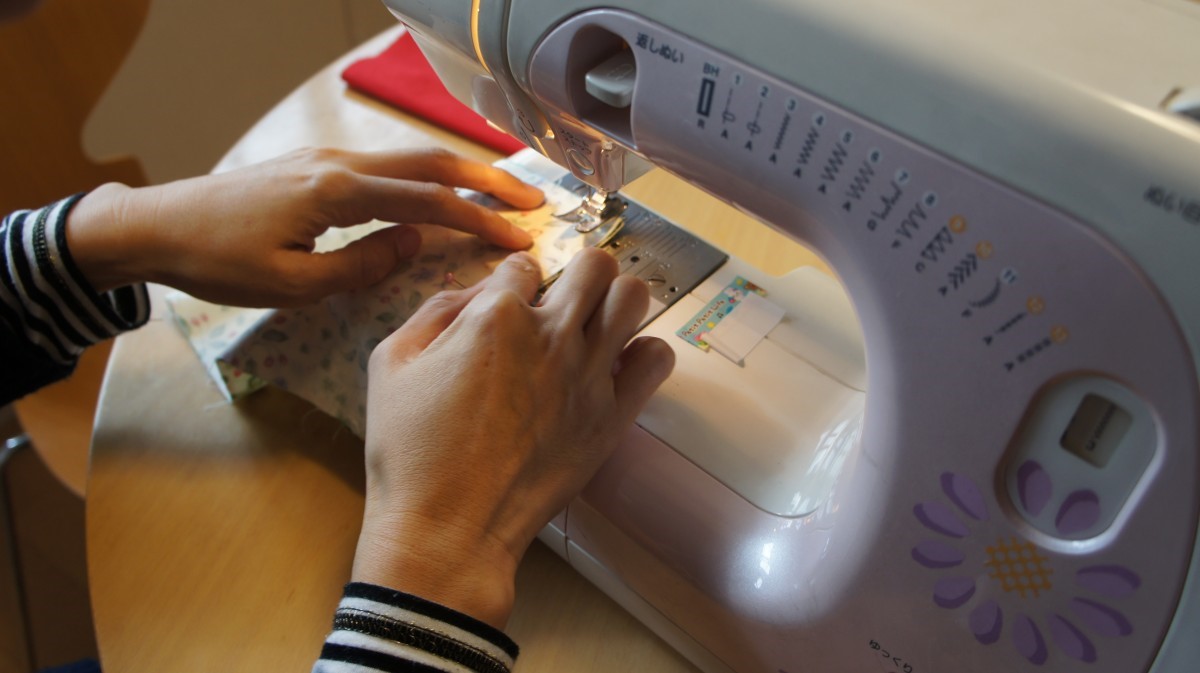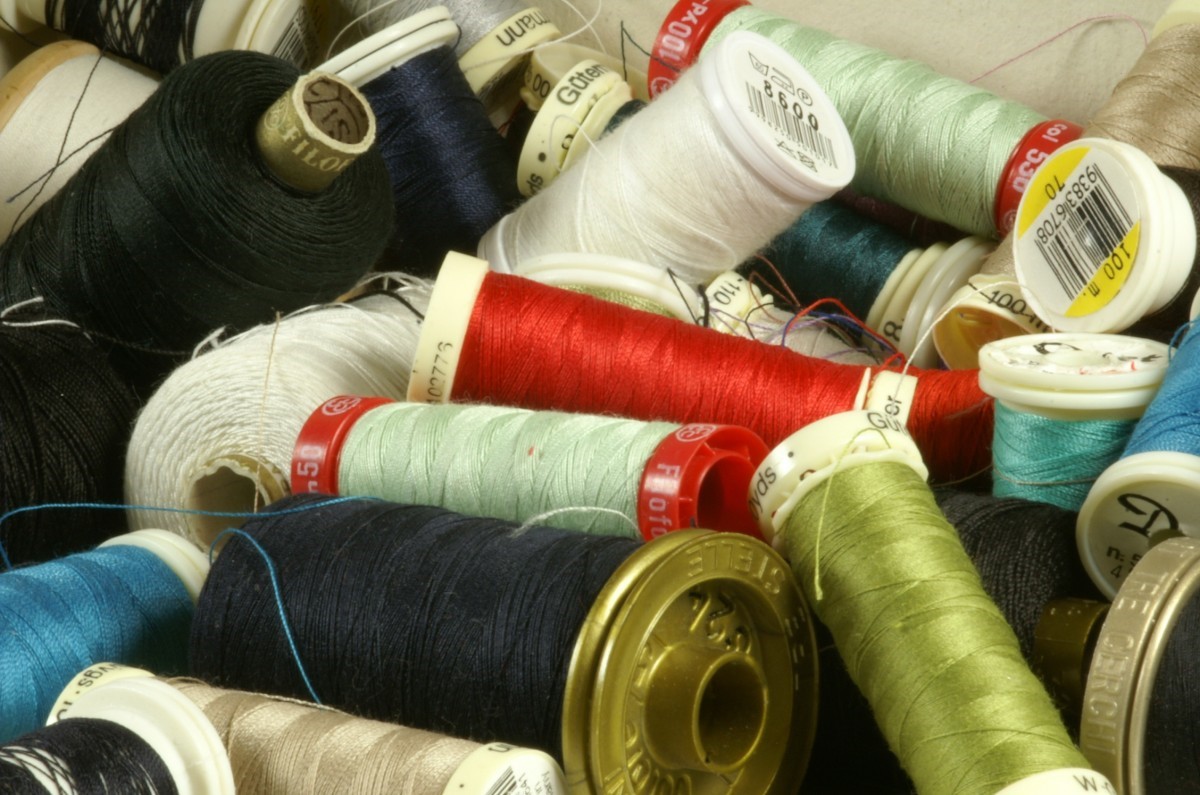Sewing is very much back in fashion, with TV programmes giving us ideas and inspiration. Here are some top tips to help you get started with dressmaking.

The right tools
According to recent statistics, one million people have taken up sewing in the last three years. There are some essential tools you need before getting started, such as fabric scissors with a 20cm blade and long dressmaking pins.
If purchasing a sewing machine, ensure it has a seam allowance gauge. This tool can be picked up separately if your machine doesn’t have one, and makes measuring seams and hemming a breeze.
Choosing fabric
Find dress making fabrics at websites such as http://www.quality-fabrics.co.uk/dressmaking-fabrics-14-c.asp. By merely changing your fabric, you can make the same garment in seasonal, personal and unique ways to match your own style and taste.
Firstly, think about the item you want to make, and what fabric you will need. Fabric is classed in three categories; non-woven, woven and stretch or knit fabrics. Ensure you have your pattern to hand when searching for fabric, and thoroughly read the instructions before beginning.

Samples
It is a useful idea to build a swatch file, as you buy and collect fabrics. Cut a small sample from each fabric, attaching it to a notepad, making notes of the fabric, laundry care advice and what you used the fabric for.
Garments that fit
Practice makes perfect, and the secret to making sure the clothes you make fit is to keep practicing your skills.
One pattern will not fit every body variation, and women’s sewing patterns are generally cut for a 5ft 5in tall woman with a B cup. The trick is to blend at least two pattern sizes to get a good fit. For instance, if your bust is closer to a size 10, but your hip measurement is a size 14, trace the size 14, and use a curved ruler to draw a line down from the bust to the hips. This pattern will now be tailored to your personal body measurements.
Also allow extra room in your patterns to ensure they are comfortable to wear.
Notches are marked as small triangles on the edge of the pattern which instruct you which pieces will be joined together.